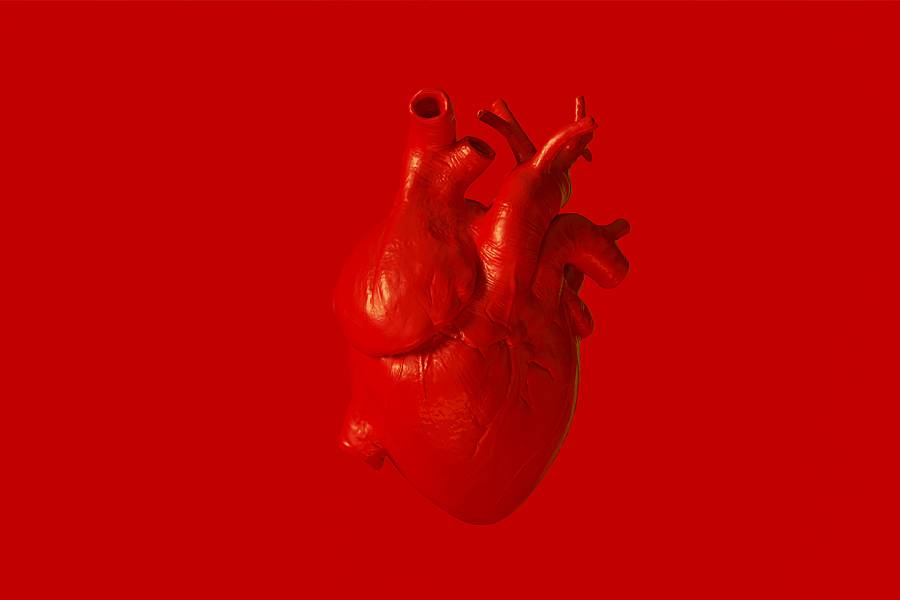This content is provided to Johns Hopkins employees through a partnership with EHP.
Every part of your body, including your heart and brain, needs oxygen to work. How does it get where it needs to go? Blood vessels called arteries carry oxygen-rich blood throughout the body. Both heart attack and stroke are due to problems in the arteries. The same factors that cause heart disease can make you more likely to have a stroke.
Know the terms
Heart attack. A heart attack is caused by blockage in an artery that carries blood to the heart muscle. If blood is blocked, that part of the heart muscle is damaged or dies.
Stroke. If an artery supplying the brain is blocked, a stroke may result; this is called an ischemic stroke. It is caused by a piece of plaque breaking loose from an artery (such as a carotid artery in the neck) or from the heart and lodging in the brain. A stroke caused by the rupture of a weakened blood vessel is called a hemorrhagic stroke.
Both heart attack and stroke are medical emergencies that can lead to serious health problems. They can even be fatal.
Healthy artery. A healthy artery is a tube with flexible walls and a smooth inner lining. Blood flows freely through it.
Unhealthy artery. Problems start when the inner lining of an artery gets damaged. This is often because of risk factors such as smoking and high blood pressure that can make the artery walls stiff. Plaque, a fatty mix of cholesterol and other material, forms in the lining and narrows the channel. Plaque can break, restricting blood flow further. It can also cause a blood clot to form. A blood clot may block the artery's channel completely.
Reduce your risk
Making your arteries healthier will help lower your risk for both heart attack and stroke. If you have heart disease, you may need to work on a few aspects of your lifestyle that include changes. But remember that the things that are good for your arteries, heart, and brain are also good for the rest of your body.
Your health care provider will work with you to make lifestyle changes as needed to help prevent progression of atherosclerotic cardiovascular disease, which can lead to heart attack or stroke. Factors you may need to work on include:
Diet. Your health care provider will give you information on dietary changes that you may need to make based on your situation and may recommend that you see a registered dietitian for help. Changes may include:
- Reducing fat and cholesterol intake
- Decreasing sodium (salt) intake, especially if you have high blood pressure
- Increasing your intake of fresh vegetables and fruits
- Eating lean proteins, such as fish, poultry, and legumes (beans and peas), and less red meat and processed meats
- Switching to low- or no-fat dairy products
- Using vegetable and nut oils in controlled amounts
- Limiting sweets and processed foods such as chips, cookies, and baked goods
Physical activity. Your health care provider may recommend that you increase your physical activity. Depending on your situation, your provider may advise you to include moderate- to vigorous-intensity activity for at least 40 minutes each day for at least three to four days per week. Examples of moderate to vigorous activity include:
- Walking at a brisk pace, about 3 to 4 miles per hour
- Jogging or running
- Swimming or water aerobics
- Hiking
- Dancing
- Martial arts
- Tennis
- Riding a bike
Weight management. If you are overweight or obese, your health care provider will work with you to lose weight and lower your BMI (body mass index) to a normal or near-normal level. Making dietary changes and increasing physical activity can help.
Smoking. If you smoke, break the habit. Enroll in a stop-smoking program to improve your chances of success.
Blood pressure. A key risk factor for heart disease is high blood pressure, which puts added stress and force on artery walls.
As a Johns Hopkins employee, you can get your blood pressure checked at one of the university's onsite clinics: Phipps 351 Employee Health & Wellness Center, Blalock 144 Employee After-Hours Clinic, and 98 N. Broadway Occupational Health Services, all on the East Baltimore campus; and C160 Occupational Health Services at Johns Hopkins at Eastern. Walk-ins are accepted, but appointments may be taken ahead of you. If you have blood pressure higher than recommended, work with your health care provider to lower it.
Cholesterol. If you have high cholesterol, particularly if you have high LDL ("bad") cholesterol, work with your health care provider to lower it. Even a 10% reduction in your total cholesterol may lower your risk for heart disease
Stress. Learn stress management techniques to help you deal with stress in your home and work life.
Posted in Health+Well-Being
Tagged hr newswire








